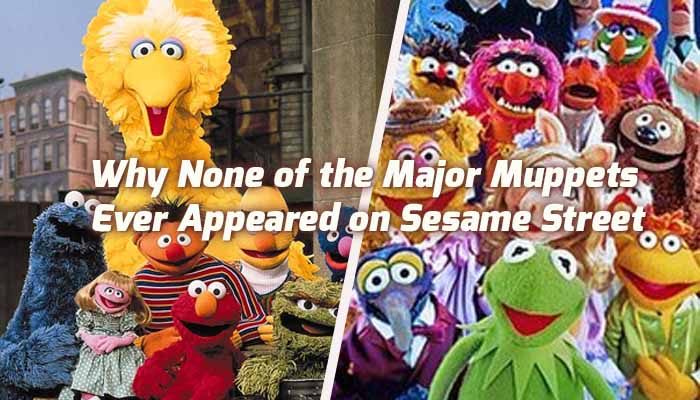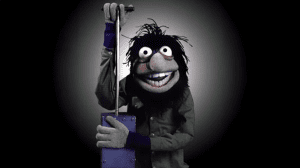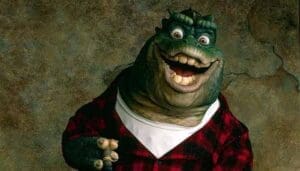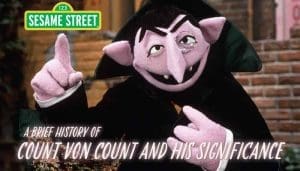Jim Henson’s Muppets are among the most beloved characters in entertainment history. From Kermit the Frog to Miss Piggy, Fozzie Bear, and Gonzo, these iconic figures have entertained generations through The Muppet Show, movies, and various specials. Yet, despite their widespread popularity, none of the major Muppets from The Muppet Show have ever made a significant appearance on Sesame Street, the groundbreaking children’s educational program that also features Henson’s creations. This separation has intrigued fans for decades, leading to questions about why these two worlds—both born from Henson’s genius—have remained so distinct. To understand this, we must explore the history, intent, and creative philosophy behind both franchises.
The Origins of Sesame Street and The Muppet Show

To understand why the major Muppets never crossed over to Sesame Street, we must first examine the origins and purposes of these two projects.
Sesame Street premiered in 1969 as an educational program aimed at preschoolers. Its mission was to use television as a tool for early childhood education, teaching children letters, numbers, and social skills through a combination of live-action segments, animation, and, of course, Muppets. Characters like Big Bird, Oscar the Grouch, Bert and Ernie, and Cookie Monster were created specifically for this purpose. They were designed to be relatable, approachable, and educational, with personalities and traits that resonated with young children.
The Muppet Show, on the other hand, debuted in 1976 as a variety show aimed at a broader, family-friendly audience. It was designed to entertain rather than educate, featuring skits, musical numbers, and guest stars. The major Muppets—Kermit, Miss Piggy, Fozzie, Gonzo, and others—were created with comedic timing, larger-than-life personalities, and a sense of humor that appealed to both children and adults. While Sesame Street was rooted in education, The Muppet Show was rooted in entertainment.
The Creative Philosophy Behind the Separation

Jim Henson was a visionary who understood the importance of tailoring his creations to their intended audiences. He recognized that the tone, style, and purpose of Sesame Street were fundamentally different from those of The Muppet Show. As a result, he made a conscious decision to keep the two worlds separate.
- Audience and Purpose:
Sesame Street was designed for preschoolers, with a focus on education and developmental psychology. The Muppets created for the show were intentionally simple, both in design and personality, to ensure they were accessible and relatable to young children. In contrast, the major Muppets from The Muppet Show were more complex, with nuanced personalities and humor that often relied on satire, parody, and adult-oriented jokes. Introducing characters like Miss Piggy or Gonzo to Sesame Street could have disrupted the show’s educational mission, as their antics might have been too overwhelming or confusing for the target audience. - Brand Identity:
Henson was keenly aware of the importance of brand identity. By keeping the two franchises separate, he ensured that each maintained its distinct purpose and tone. Sesame Street was seen as a trusted educational resource, while The Muppet Show was viewed as pure entertainment. A crossover could have blurred these lines, potentially diluting the impact of both. - Creative Control and Ownership:
While Jim Henson created both the Sesame Street Muppets and the major Muppets, the rights to these characters were owned by different entities. The Sesame Street Muppets were owned by the Children’s Television Workshop (now Sesame Workshop), while the major Muppets were owned by Henson’s own company, Jim Henson Productions. This division of ownership likely played a role in keeping the two worlds separate, as it would have required complex negotiations to bring the major Muppets to Sesame Street.
Exceptions to the Rule

While the major Muppets never became regulars on Sesame Street, there have been a few rare exceptions where the two worlds briefly intersected. These instances, however, were carefully managed to maintain the integrity of both franchises.
- Kermit the Frog:
Kermit is the most notable exception, as he originated on Sesame Street before becoming the star of The Muppet Show. In the early seasons of Sesame Street, Kermit appeared as a reporter, often delivering news segments or singing songs like “Bein’ Green.” However, as The Muppet Show gained popularity, Kermit’s role on Sesame Street diminished, and he eventually left the show entirely to focus on his new career. - Guest Appearances:
There have been a handful of instances where major Muppets made brief, non-canonical appearances on Sesame Street. For example, in the 1970s, Grover once interacted with a Muppet version of Don Music that resembled Rowlf the Dog. Additionally, in the 1985 special Sesame Street Presents: Follow That Bird, a Muppet resembling Fozzie Bear can be seen in the background of a carnival scene. These appearances were subtle and did not involve the characters’ established personalities or storylines. - Tributes and Parodies:
Occasionally, Sesame Street has paid homage to the major Muppets through parodies or references. For example, the character of Guy Smiley, a game show host, is often seen as a nod to The Muppet Show’s comedic style. Similarly, the Muppet duo of Bert and Ernie has been compared to the comedic chemistry of Kermit and Fozzie.
The Legacy of Separation
The decision to keep the major Muppets separate from Sesame Street has had a lasting impact on both franchises. Sesame Street has remained a trusted educational resource for over five decades, while The Muppet Show and its characters have continued to entertain audiences through movies, TV specials, and reboots. This separation has allowed each franchise to thrive in its own unique way, without compromising its core mission or identity.
Moreover, the distinction between the two worlds highlights Jim Henson’s remarkable versatility as a creator. He was able to craft two entirely different universes, each with its own tone, purpose, and audience, while maintaining the same level of creativity, humor, and heart. This ability to balance education and entertainment is a testament to Henson’s genius and his enduring legacy.
The absence of the major Muppets on Sesame Street is not an oversight or a missed opportunity—it is a deliberate choice that reflects the distinct purposes and audiences of the two franchises. By keeping these worlds separate, Jim Henson ensured that each could fulfill its mission without compromise. Sesame Street remains a cornerstone of early childhood education, while the major Muppets continue to bring joy and laughter to audiences of all ages. In the end, this separation is a testament to Henson’s vision and his commitment to creating meaningful, impactful entertainment for everyone.





